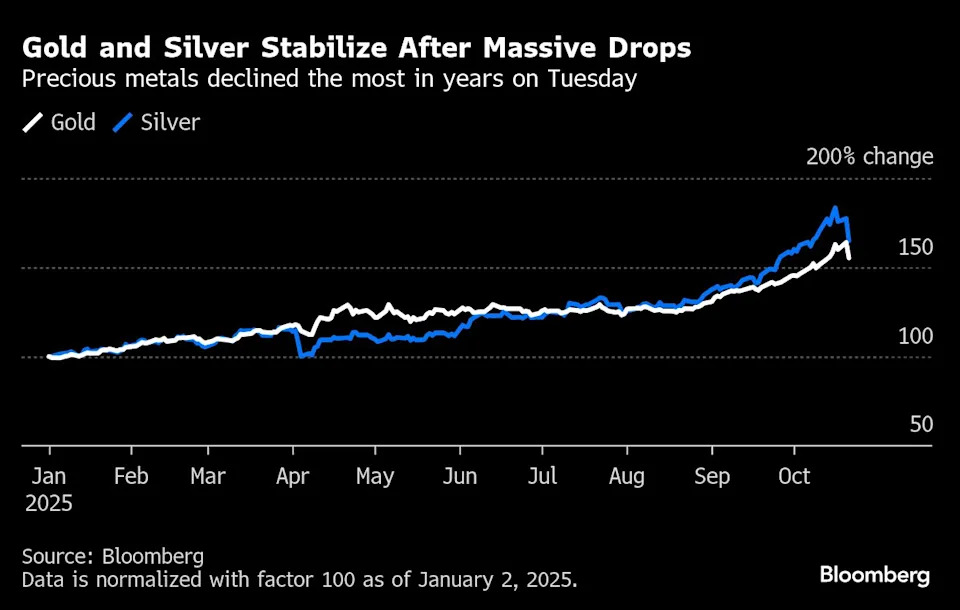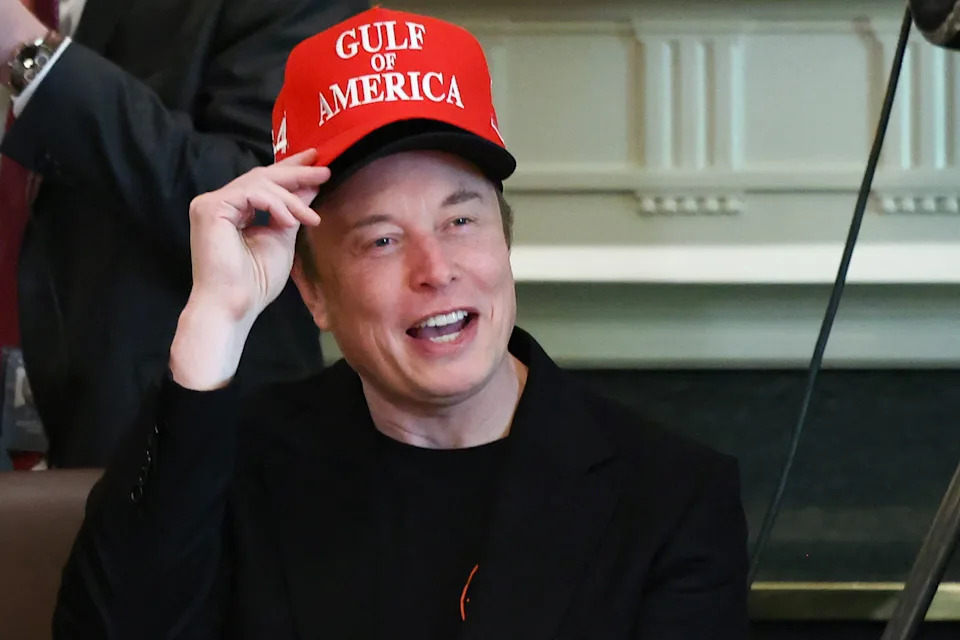
Gold Extends Rout in Volatile Pullback From Record Price Surge
Key Points
- Gold Prices Decline: Spot gold dropped below $4,020 an ounce, extending losses after a 6.3% tumble on Tuesday, marking the worst rout in over 12 years due to concerns of an overstretched rally.**
- Technical Selling Pressure: Analysts attribute the decline to technical selling, with prices in overbought territory since September, though some expect a recovery in momentum next year.**
- Driving Factors: The rally, up 55% this year, has been fueled by the debasement trade, expectations of Federal Reserve rate cuts, geopolitical uncertainty, and central bank diversification from the dollar.**
- Retail Investor Surge: Retail investors have recently played a larger role in the gold market, driven by social media enthusiasm and increased trading in gold-backed ETFs and futures.**
- Market Outlook: Citigroup downgraded its overweight gold recommendation, anticipating consolidation around $4,000 an ounce, while noting the long-term bull story of central bank demand may eventually resurface.**
Summary
Gold prices experienced a significant decline, falling below $4,020 an ounce after a 6.3% drop on Tuesday, the worst in over 12 years, driven by concerns that the metal’s rapid rally had become overstretched. Technical selling has been a key factor, with prices in overbought territory since September, though experts like Standard Chartered’s Suki Cooper anticipate a recovery in 2025. The rally, which saw gold rise 55% this year, was fueled by the debasement trade, expectations of Federal Reserve rate cuts, geopolitical tensions, and central banks diversifying away from the dollar. Retail investors, initially on the sidelines, have recently surged into the market, spurred by social media and increased trading in gold ETFs and futures. Citigroup downgraded its bullish stance on gold, expecting consolidation around $4,000, while noting long-term demand from central banks may eventually return. Additional factors influencing the market include potential US-China trade talks and the absence of key CFTC data due to the US government shutdown, which could lead to speculative over-positioning. Despite the pullback, gold’s safe-haven appeal remains underpinned by global uncertainties and macroeconomic trends.
Sybilla Gross and Yihui Xie
October 22, 2025
Stocks


